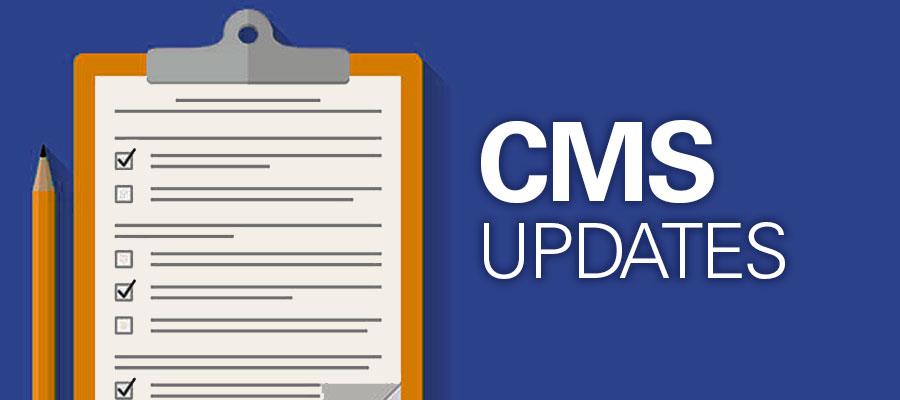Having been finalized two years ago CMS’ Price Transparency final rule came into effect July 1, 2022. Payers nationwide are now required to publish the costs of almost all healthcare services that they have negotiated with providers.
The delay in implementation was to allow payers time to prepare, with CMS recognizing that it would take considerable time and effort to make the necessary information available. With the rule now finally in effect, payers will have to comply in order to avoid fines of up to $100/day for each violation and each affected patient. That might not seem like a lot but the cost can quickly spiral out of control.
Here are eight important things for every provider to know about the Final Rule:
- While initially the rule was set to come into effect on Jan 1, CMS delayed implementation for six months to allow payers the time to make the changes necessary to come into compliance with the new policy.
- Payers are now required to disclose in-network provider rates for covered items and services, out-of-network allowed amounts and billed charges for all covered items and services, as well as negotiated rates and historical net prices for covered prescription drugs.
- All price information must be posted in machine-readable files and contain the following sets of costs for items and services:
- In-network rate file: Rates for all covered items and services between the payer and in-network providers.
- Allowed amount file: Allowed amounts for and billed charges from out-of-network providers.
- Payers with policies that are not compliant with the new rule could face fines of up to $100/day for each violation and for each patient affected by the violation.
Learn More: CMS Proposes Permanent Expansion of Telehealth
- Enforcement exceptions will be granted when health plans using alternative reimbursement arrangements cannot provide an accurate dollar amount until after services have been rendered.
These plans will instead be required to list the formula, methodology, variables, and any other information that is used to derive the rate. - For contractual arrangements where a health plan has agreed to pay in-network providers a percentage of the billed charges and is not able to assign a dollar amount until a bill is generated, the percentage number may be reported instead.
- Starting in 2023, payers must also provide an internet-based price comparison tool to allow members to receive an estimate of their cost responsibility for a specific item or service from a specific provider or providers. This is limited to 500 items and services for 2023, expanding to all items and services in 2024.
- Price disclosure rules for providers came into effect at the start of 2021, however, the majority of facilities have failed to come into compliance. 342 hospitals were given a warning in February, with CMS fining the first health system for violations in June.

Join the Discussion!